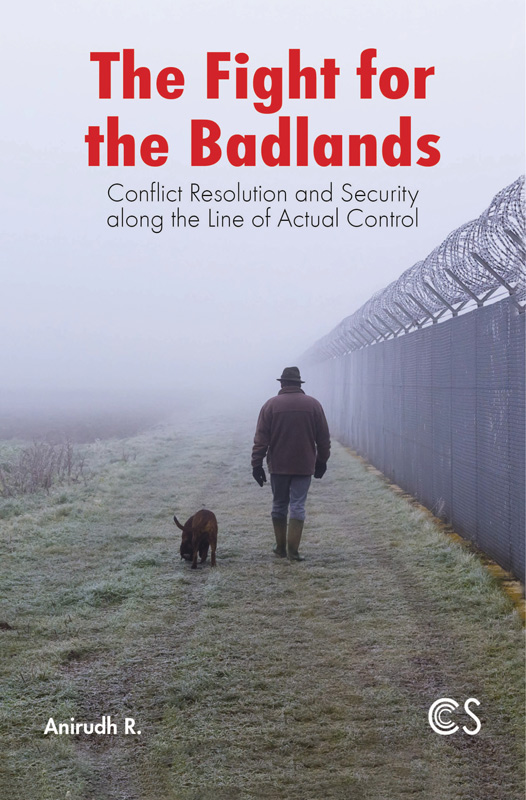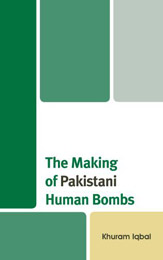Subjects
The Fight for the Badlands: Conflict Resolution and Security Along The Line of Actual Control
Anirudh R.
This project is an attempt to look at the Indo-China border question and try to construct a consciousness that could help in conflict dampening along the Line of Actual Control (LAC) and eventually lay the foundations for a resolution of said conflict. The piece has been designed in a manner in which, conflict resolution is treated as a result of the various factors that actors in the international state system are presented with, and thus there needs to be a holistic study of states and their behavior as determined by external factors and It is hoped that this will be the biggest take-away from the project.
There has been a preliminary attempt made at treating the LAC question in a manner that should link it to the larger strategy that India will have to develop when it comes to China. It begins with an introduction of the two countries and how geographical determinism could aid in determining the exact relationship that the countries have come to develop around a naturalistic view of the borders. After all man has only been able to move mountains, literally and figuratively, for maybe two decades. The situations that the countries are currently facing are then reviewed and this allows this author to move into an understanding of the border strategy of being of two larger parts.
The two parts of the strategy are military and diplomacy. Exercising the energies of the military and civil servants in a precise manner will not only provide early dividends, but will also allow Indian to lay the foundation for a complete resolution of the boundary, and at the core of the issue must be de-linking the perceived salience of the border issue. It’s a bluff that has every chance of winning India this particular hand at the poker table.


 Political Science
Political Science

